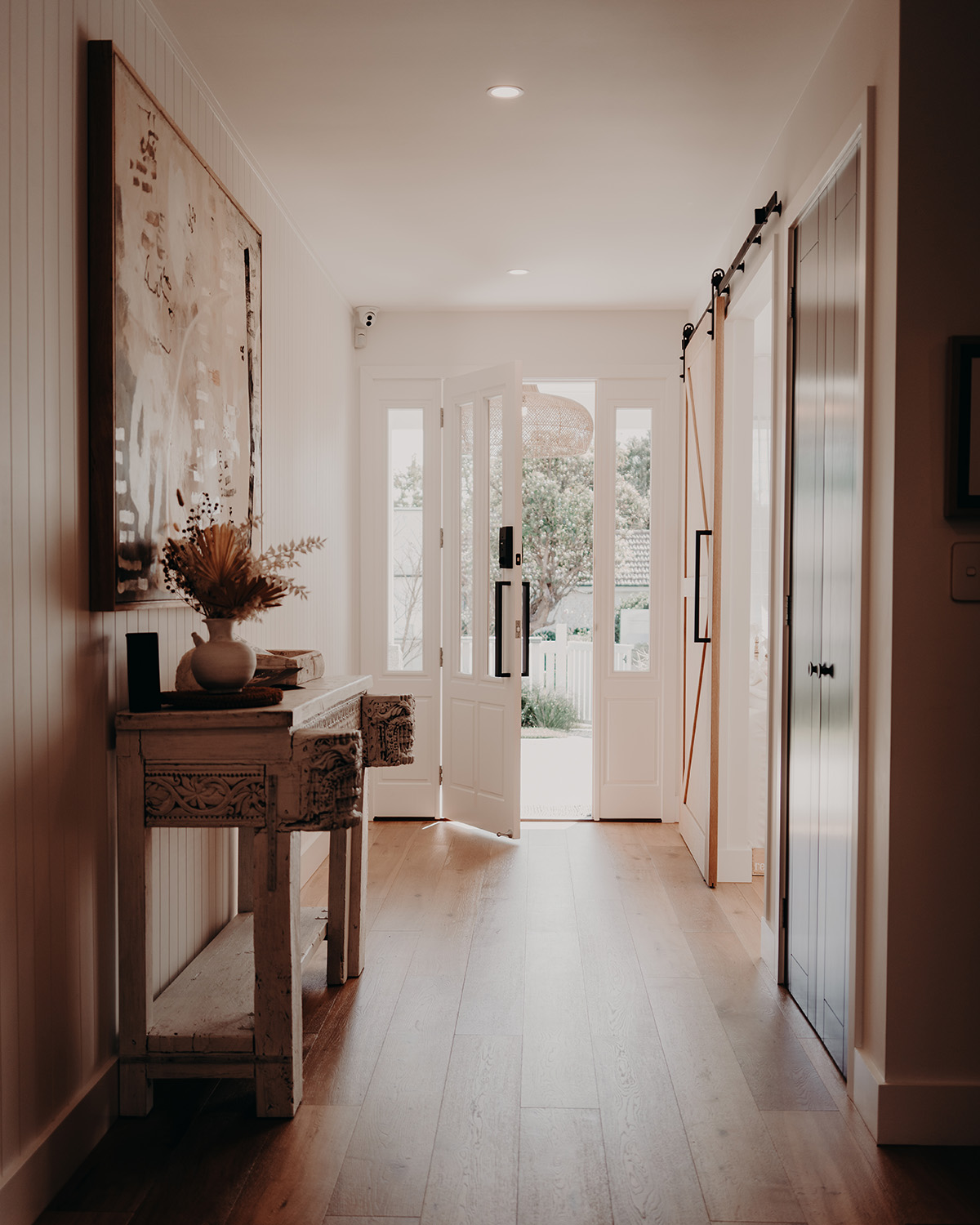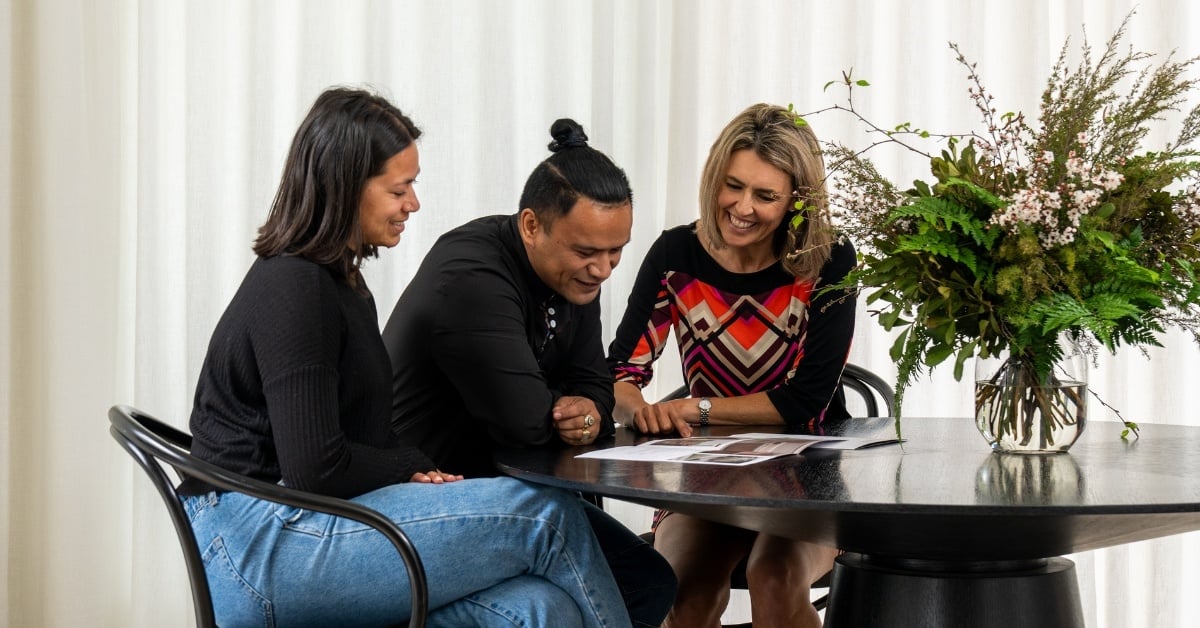Selling a House with a Mortgage: What You Need to Know

Selling your home while you still have a mortgage? It’s more common than you might think. Many Kiwi homeowners make the move before their home loan is fully repaid. While it’s entirely possible to sell with a mortgage, there are a few steps you’ll need to follow to ensure a smooth process.
Whether you’re upsizing, relocating, or making a lifestyle change, here’s how to manage the sale of a mortgaged home.
Can you sell a property if you still have a home loan?
Yes — in fact, most people do. Having a mortgage on your home doesn’t prevent you from selling it. However, your lender will need to be paid the outstanding balance from the proceeds of the sale before the transaction can be finalised.
It’s essential to understand how your loan works and what it means for the sale. The earlier you speak to your bank or lender, the more time you’ll have to plan accordingly.
What happens to the mortgage when you sell?
Your lender holds a legal interest in the property — known as a registered mortgage. When you sell, they must be repaid in full before the title can be transferred to the buyer.
Here’s how it usually works:
- Notify your lender as soon as you decide to sell. This allows them to prepare for the discharge of the mortgage.
- Complete a discharge of mortgage form, available from your bank's website or in branch.
- Allow up to three weeks for the discharge to be processed.
- Your lawyer or conveyancer will ensure that, on settlement day, the outstanding loan balance is paid directly from the sale proceeds.
- Once the mortgage is repaid, your lender will remove their interest from the property via Land Information New Zealand (LINZ).
Discharge fees vary by lender but are usually in the range of $150 to $400.
Five key steps to selling with a mortgage
- Review your loan terms and conditions
Before you put your property on the market, check in with your bank or mortgage broker to understand your current loan situation. Some important questions to ask include:
- How much do I still owe? (Your current loan balance)
- Are there break fees? (Applies to fixed-term loans. In NZ, early repayment charges can apply if you repay a fixed-rate mortgage before the term ends.)
- Can I transfer my loan to another property? (Known as loan portability – some lenders allow you to move your existing loan to a new property, saving on fees.)
Understanding this will help you determine what you need to sell for and how much equity you’re working with.
- Know your home equity
Your equity is the difference between your home’s current market value and your outstanding mortgage. If your home is worth more than your mortgage, you’ll likely have a surplus you can use for your next purchase or other expenses.
Example:
If your home is appraised at $850,000 and your remaining loan is $600,000, your equity is $250,000 (excluding selling costs).
However, if your property sells for less than what you owe, you may need to cover the shortfall. This is known as negative equity, and while rare in New Zealand's housing market, it can occur, especially in slower markets or after borrowing heavily.
- Organise a property appraisal
Getting a clear understanding of your home’s market value is a crucial first step — and it’s something your local LJ Hooker office can help with.
An appraisal will give you a realistic idea of what your home might sell for, based on recent comparable sales and market conditions in your suburb or region.
Our agents across New Zealand are local experts and can guide you through pricing, timing, and preparing your property for sale.
- Prepare and list your property
Once you’ve got your finances lined up and your appraisal completed, it’s time to list your home.
You’ll work with your LJ Hooker agent to:
- Decide on the sales method (auction, tender, or private treaty)
- Set a timeline for marketing and open homes
- Launch your marketing campaign – which may include Trade Me, realestate.co.nz and OneRoof listings, professional photography, social media, signage, and print advertising
Your agent will also help you navigate any negotiations and ensure buyers are well-informed throughout the process.
- Accept an offer and settle the sale
Once you’ve accepted an offer, your solicitor and your lender will work together to discharge the mortgage and finalise the sale.
Make sure the settlement date aligns with your loan discharge timeline. On the day, the mortgage will be repaid from the buyer’s funds, and any remaining profit will be transferred to you.
What if your sale price doesn’t cover the mortgage?
If your home sells for less than your remaining mortgage balance, you’ll need to make up the difference — usually from your own funds. For example, if you owe $700,000 but your home sells for $680,000, you must pay the $20,000 shortfall before the transaction can complete.
In extreme cases where repayment isn’t possible, lenders may pursue recovery through mortgage insurance or legal proceedings, so it’s crucial to seek financial advice early if you’re in this position.
Don’t forget the additional costs
When selling with a mortgage, keep these other costs in mind:
- Legal fees: Typically range between $1,000 and $2,000.
- Agent commission: May be a fixed fee or a percentage-based commission. LJ Hooker agents will explain your options clearly before signing.
- Marketing costs: Vary depending on your location and property type but may include professional photography, online ads, drone footage, brochures, and more.
Budgeting for these expenses helps avoid surprises down the track.
Selling with confidence
While it may seem complex, selling a property with a mortgage is a straightforward process with the right guidance. LJ Hooker’s local teams are here to support you at every step — from property appraisal to settlement day.
If you’re ready to take the next step or have questions about how your home loan will affect your sale, get in touch with your local LJ Hooker office. We’ll help you understand your options and guide you through a smooth and successful sale.
Share




